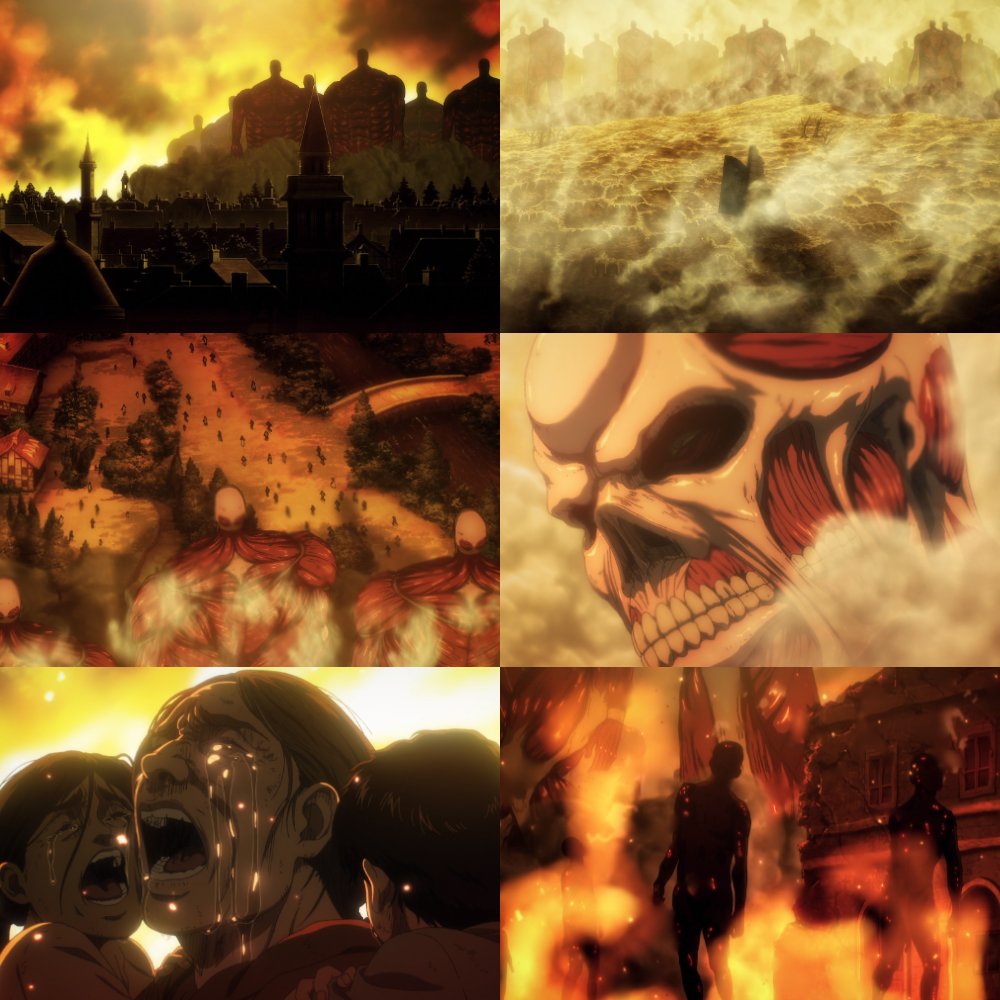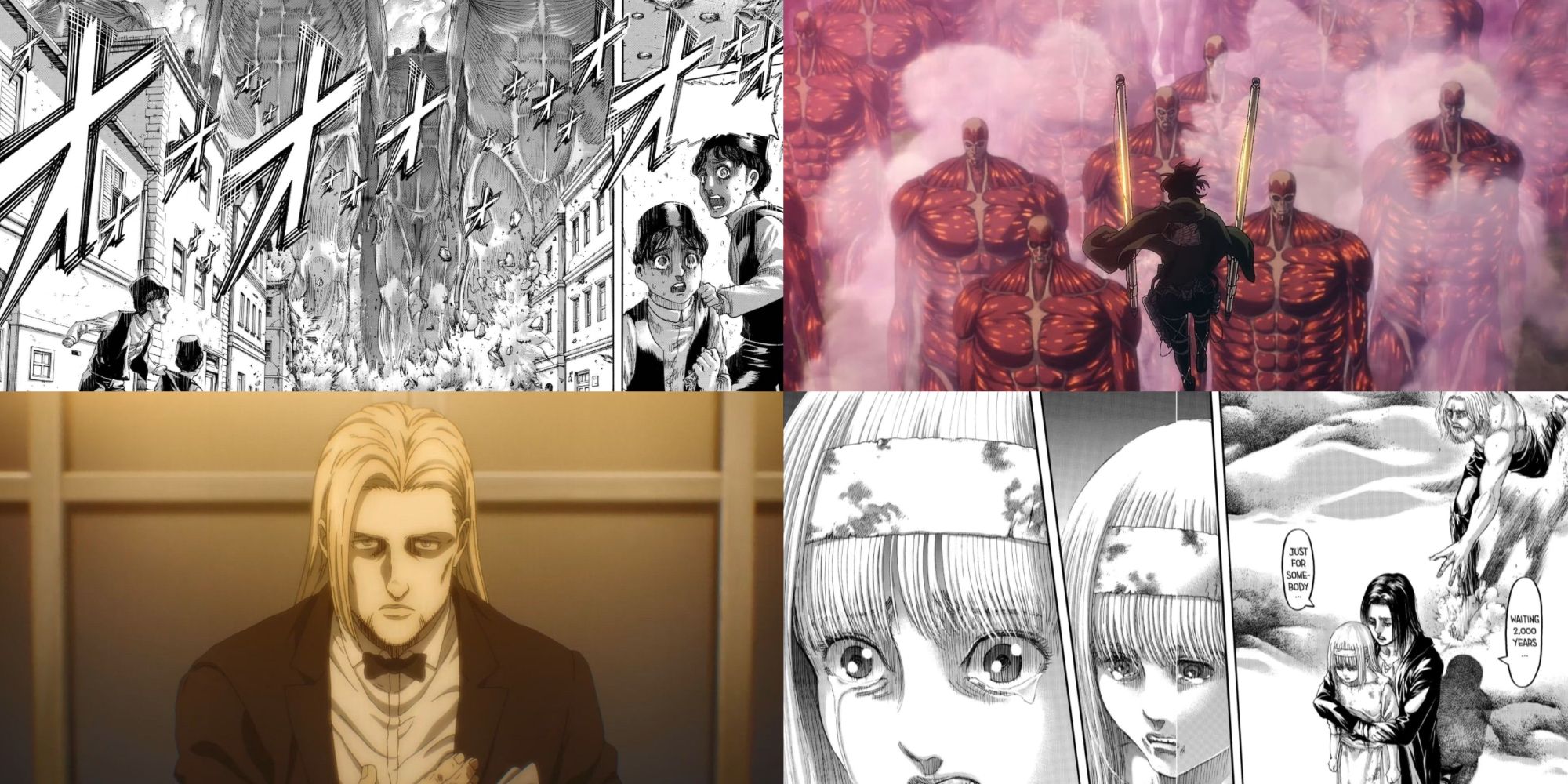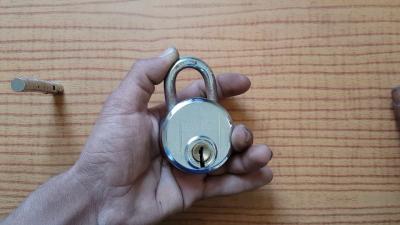The Rumbling is one of the most pivotal events in Attack on Titan, a series that not only captivates with its intense action but also challenges viewers with deep philosophical questions. At its core, the Rumbling represents a catastrophic awakening of colossal titans that changes the fate of humanity forever. This blog post will delve into the timeline of events leading up to the Rumbling, helping fans understand its significance and impact on the story. Buckle up as we explore this monumental occurrence!
Overview of the Attack on Titan Series

Attack on Titan, created by Hajime Isayama, has been a cultural phenomenon since its debut in 2009. The story unfolds in a world where humanity is on the brink of extinction, confined within massive walls to protect themselves from the terrifying titans—giant humanoid creatures that devour humans. The series masterfully combines elements of horror, political intrigue, and moral dilemmas, drawing audiences into its intricate narrative.
Here’s a brief overview of the major arcs that lead up to the Rumbling:
- 1. The Fall of Wall Maria: The series kicks off with the sudden appearance of the colossal titan, leading to the fall of Wall Maria, which sets the stage for humanity’s desperate fight for survival.
- 2. The Trost District Battle: Eren Yeager, the protagonist, discovers his titan-shifting abilities, sparking hope and conflict as humanity struggles to reclaim their territory.
- 3. The Female Titan Arc: The introduction of the Female Titan challenges the foundation of trust among the characters, revealing deeper conspiracies at play.
- 4. The Marley Arc: This arc unveils the larger world beyond the walls, highlighting Marley’s oppressive regime and the struggles of the Eldians.
As the series progresses, themes of freedom, oppression, and the cyclical nature of violence emerge, culminating in the Rumbling—a drastic measure taken by Eren that raises questions about morality and justice. The complexity of its characters, especially Eren’s transformation from a hopeful youth to a morally ambiguous figure, keeps viewers engaged and contemplating the true meaning of freedom.
In essence, Attack on Titan isn’t just about titans; it’s about the human experience, the choices we make, and the consequences that follow. The Rumbling serves as a critical juncture, pushing the narrative into uncharted territories of survival and sacrifice. As we continue exploring the events surrounding the Rumbling, it becomes clear how deeply intertwined the characters’ fates are with this cataclysmic event.
Also Read This: How Much Are Rumble Boxing Gloves and What Makes Them Unique?
3. The Catalyst for the Rumbling

The world of Attack on Titan is filled with profound themes and complex motivations, but the catalyst for the Rumbling stands out as a pivotal moment in the series. It all boils down to one character's deep emotional turmoil and tragic backstory: Zeke Yeager.
Zeke, the Beast Titan, carries the weight of his lineage and the expectations placed on him by both Marley and Eldia. His vision of freedom and survival is fundamentally shaped by the horrors he witnessed growing up—his parents' aspirations for a better future clashing violently with the oppressive realities of their world. This sense of betrayal and loss festers within him, ultimately steering him toward the drastic decision to unleash the Rumbling.
But it’s not just Zeke; Eren Yeager plays a crucial role as well. After inheriting the Founding Titan's power, Eren grapples with his own feelings of helplessness and isolation. The trauma of his past and the burden of his friends’ lives weigh heavily on him. When Zeke reveals his plan, Eren sees it as an opportunity to finally break free from the cycle of oppression that has plagued his people.
Furthermore, the Rumbling is not merely an act of revenge; it’s a desperate response to a world that seems irreversibly hostile. With existential threats looming, both characters perceive the Rumbling as a necessary evil to protect their homeland and the future of the Eldians. This duality of motives—Zeke’s desire for liberation and Eren’s protective instinct—creates a compelling narrative that drives the story forward, highlighting the moral complexities within their choices.
In essence, the catalyst for the Rumbling is deeply intertwined with the characters' histories, their relationships, and the overarching themes of freedom and sacrifice. As viewers, we’re left to grapple with whether the ends truly justify the means, making the Rumbling not just an event but a profound philosophical question.
Also Read This: How Much Can You Earn by Uploading and Monetizing Content on Rumble?
4. Timeline of Events Leading Up to the Rumbling
The buildup to the Rumbling is a tense journey that unfolds over several key events, each adding layers to the narrative. Here’s a comprehensive timeline of events leading up to this monumental moment:
- Year 845: Eren Yeager witnesses the destruction of Wall Maria, instigating his desire for revenge against the Titans.
- Year 850: The Survey Corps begins uncovering the truth about Titans and the world beyond the walls, setting the stage for future conflicts.
- Year 854: Zeke Yeager appears as a key player with the Marleyan forces, and his connection to the Eldians becomes apparent.
- Year 855: The reveal of the Founding Titan's abilities piques both Zeke and Eren's interests, leading to the formation of their precarious alliance.
- Year 856: The Marleyan invasion of Paradis begins, heightening tensions and forcing Eren and his friends to confront their enemies directly.
- Year 857: Zeke and Eren’s plan for the Rumbling takes shape, with Zeke persuading Eren to take action against their perceived threats.
- Year 858: Eren’s transformation into the Antagonist is solidified as he embraces the Rumbling as a means to protect his people.
This timeline marks a progression from desperation to determination, illustrating how each event escalates the conflict and leads to the ultimate decision to initiate the Rumbling. It showcases the inevitability of their choices, highlighting the emotional toll on each character involved.
As fans, we’re left to ponder the implications of these events: How far will one go for freedom? And at what cost? The journey leading to the Rumbling is not just about the battles fought but the internal struggles waged by each character in the face of an unforgiving world.
Also Read This: Can You Livestream on Rumble? How to Start Your Own Rumble Channel
5. The Duration of the Rumbling Explained
The Rumbling, a pivotal event in Attack on Titan, is more than just a spectacular display of colossal titans marching across the landscape; it carries profound implications for the world of Paradis and beyond. To understand its duration, we need to break down this colossal phenomenon into manageable parts.
Initially, the Rumbling is set into motion by Eren Yeager, who activates the Founding Titan's power. This seismic event is not just a single moment but a series of actions that unfold over time. The actual duration of the Rumbling, as depicted in the anime and manga, spans several days, but its impact reverberates far beyond just the physical march of the titans.
Here’s a quick timeline of the Rumbling’s key phases:
- Day 1: Eren activates the Rumbling, and the Colossal Titans begin walking.
- Day 2: The first major fallout is felt as the titans start to crush cities and landscapes.
- Day 3: Major global powers react; the world begins to unite in a desperate attempt to stop Eren.
- Day 4: The remaining key characters, including Mikasa, Armin, and others, strategize their next steps.
The timeline illustrates how the Rumbling isn’t just a static event but a catalyst for the characters' emotional and strategic developments. Each day brings new challenges and revelations, making it a dynamic and pivotal part of the story.
Moreover, the duration of the Rumbling is significant because it highlights the urgency of the characters’ decisions. As the titans march, the clock is ticking, and every moment counts. The tension builds not just from the physical threat of the titans but from the emotional stakes involved in the characters’ choices. For instance, Eren’s motivations, while initially seeming clear-cut, become increasingly complicated as the days progress, leading to critical confrontations.
In essence, the duration of the Rumbling encapsulates both the literal and metaphorical journeys of the characters. The slow, relentless march of the titans serves as a stark reminder of the consequences of Eren’s choices, pushing everyone involved to their limits.
Also Read This: Did Eren Regret the Rumbling – Analyzing His Character Development
6. Key Characters Involved in the Rumbling
When discussing the Rumbling, we can't overlook the myriad characters who play crucial roles in this monumental event. Each character brings their own motivations, conflicts, and emotional weight, adding depth to the narrative.
Here's a breakdown of the key players:
- Eren Yeager: The architect of the Rumbling, Eren's motivations stem from a desire for freedom, albeit at a catastrophic cost. His transformation from a hopeful hero to a tragic antagonist is central to understanding the Rumbling.
- Mikasa Ackerman: As Eren's steadfast companion, Mikasa wrestles with her loyalty to him versus the need to protect humanity. Her internal struggle adds emotional depth to the unfolding chaos.
- Armin Arlert: Armin, often the voice of reason, faces a moral dilemma as he balances his friendship with Eren and the need to stop the destruction. His character development is crucial in addressing the broader themes of sacrifice and hope.
- Reiner Braun: Reiner represents the complexities of being a soldier on both sides. His character arc brings a poignant perspective as he grapples with his identity amid the Rumbling.
- Levi Ackerman: Though injured, Levi’s presence looms large. His experience and leadership offer a counterbalance to Eren's chaotic ambition, showcasing the struggle between duty and personal loss.
Each character’s involvement in the Rumbling serves to illustrate the diverse perspectives on freedom, sacrifice, and the consequences of war. Their interactions and conflicts enrich the narrative, making the Rumbling not just an event but a profound exploration of human emotions and ethics. As they navigate through the chaos, viewers are reminded that every decision can lead to irreversible changes, echoing the central themes of Attack on Titan.
Also Read This: Does Rumble Make Money? Analyzing Rumble’s Revenue Model and Business Strategy
7. Impact of the Rumbling on the Story and Characters
The Rumbling isn’t just a backdrop; it fundamentally alters the trajectory of the story and the development of its characters. Initially introduced as an apocalyptic event, it serves as a catalyst that forces characters to confront their beliefs, relationships, and motivations. Let’s dive deeper into how this seismic event shapes the narrative and its inhabitants.
Character Development: Characters like Eren Yeager undergo significant transformations as the Rumbling progresses. Once a hero, Eren evolves into a controversial figure, embodying the complexities of survival versus morality. His decision to unleash the Rumbling is not taken lightly. It’s a call to arms that sparks heated debates among fans regarding the ethics of his actions.
Conflict Intensification: The Rumbling escalates the stakes dramatically. Alliances shift, and former friends become foes. The conflict between Marley and the Eldians intensifies, revealing deep-seated prejudices and the lengths people will go to protect their ideologies. Characters are pushed to their limits, and their responses to the Rumbling often reveal their true selves.
- Reiner Braun: The weight of his past choices bears down on him as he faces the consequences of his actions.
- Armin Arlert: As a strategist, he grapples with the moral implications of Eren's plan, pondering if there's another way.
- Mikasa Ackerman: Torn between her love for Eren and her duty to protect humanity, Mikasa's internal struggle becomes a focal point.
Thematic Exploration: The Rumbling also deepens the exploration of themes such as freedom, sacrifice, and the cycle of violence. The narrative forces characters and viewers alike to confront difficult questions: What does it mean to be free? Is the cost of freedom worth the price of countless lives? Such philosophical inquiries enrich the story, allowing for deeper engagement with the material.
As the Rumbling unfolds, it becomes a symbol of the darker aspects of humanity—revenge, fear, and the desperate measures taken in the name of survival. It’s this multifaceted impact on both characters and the overarching plot that makes the Rumbling a pivotal moment in the series.
8. Fan Reactions and Theories About the Rumbling
The Rumbling has not only left a significant mark on the characters within Attack on Titan but has also sparked a whirlwind of reactions and theories among fans. This phenomenon has become a hot topic for discussion, leading to a vibrant tapestry of interpretations and speculations.
Fan Reactions: The initial reveal of the Rumbling sent shockwaves through the fanbase. Many viewers were on the edge of their seats, either thrilled by the high stakes or shocked by the moral implications. Social media platforms exploded with discussions, memes, and art reflecting the chaos of the Rumbling.
- Mixed Emotions: Some fans expressed excitement over the dramatic turn of events, while others felt disillusioned by Eren’s choices.
- Debates and Discussions: Forums and comment sections became battlegrounds for opinions—was Eren justified? Is the Rumbling the ultimate act of liberation or tyranny?
Theories Abound: The ambiguity of the Rumbling has led to numerous theories regarding its true purpose and implications. Here are a few popular theories that have captivated fans:
- Eren's True Intentions: Some believe Eren orchestrated the Rumbling not just for revenge, but to force humanity to unite against a common enemy.
- The Cycle of Hatred: Others theorize that Eren's actions are a metaphor for the endless cycle of violence, reflecting how hatred begets more hatred.
- Hope for Change: A more optimistic theory suggests that the Rumbling’s destruction could lead to a new beginning for the surviving characters, pushing them to build a better world.
As the story progresses, these theories continue to evolve, showcasing the depth of engagement fans have with the series. The Rumbling has become more than just a plot point; it’s a cultural phenomenon that invites exploration and discussion, keeping the community buzzing with excitement and speculation.
 admin
admin








